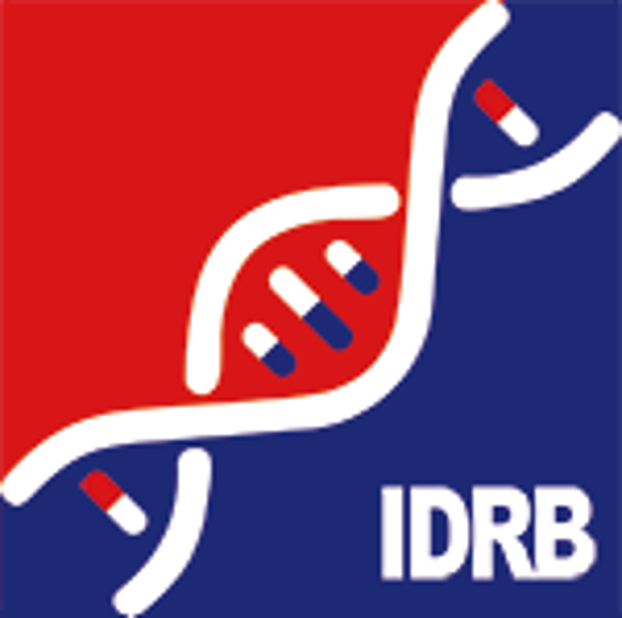| References |
Top |
| REF 1 |
The BioPlex Network: A Systematic Exploration of the Human Interactome. Cell. 2015 Jul 16;162(2):425-440.
|
| REF 2 |
A stapled p53 helix overcomes HDMX-mediated suppression of p53. Cancer Cell. 2010 Nov 16;18(5):411-22.
|
| REF 3 |
OncoPPi-informed discovery of mitogen-activated protein kinase kinase 3 as a novel binding partner of c-Myc. Oncogene. 2017 Oct 19;36(42):5852-5860.
|
| REF 4 |
A versatile platform to analyze low-affinity and transient protein-protein interactions in living cells in real time. Cell Rep. 2014 Dec 11;9(5):1946-1958.
|
| REF 5 |
Structural basis of how stress-induced MDMX phosphorylation activates p53. Oncogene. 2016 Apr 14;35(15):1919-25.
|
| REF 6 |
Regulation of the Mdm2-p53 pathway by the ubiquitin E3 ligase MARCH7. EMBO Rep. 2018 Feb;19(2):305-319.
|
| REF 7 |
Ribosomal protein S7 is both a regulator and a substrate of MDM2. Mol Cell. 2009 Aug 14;35(3):316-26.
|
| REF 8 |
Structure of the MDM2/MDMX RING domain heterodimer reveals dimerization is required for their ubiquitylation in trans. Cell Death Differ. 2008 May;15(5):841-8.
|
| REF 9 |
Targeting the MDM2/MDM4 interaction interface as a promising approach for p53 reactivation therapy. Cancer Res. 2015 Nov 1;75(21):4560-72.
|
| REF 10 |
HDMX folds the nascent p53 mRNA following activation by the ATM kinase. Mol Cell. 2014 May 8;54(3):500-11.
|
| REF 11 |
Toward an understanding of the protein interaction network of the human liver. Mol Syst Biol. 2011 Oct 11;7:536.
|
| REF 12 |
14-3-3Gamma inhibition of MDMX-mediated p21 turnover independent of p53. J Biol Chem. 2011 Feb 18;286(7):5136-42.
|
| REF 13 |
MDMX promotes proteasomal turnover of p21 at G1 and early S phases independently of, but in cooperation with, MDM2. Mol Cell Biol. 2008 Feb;28(4):1218-29.
|

